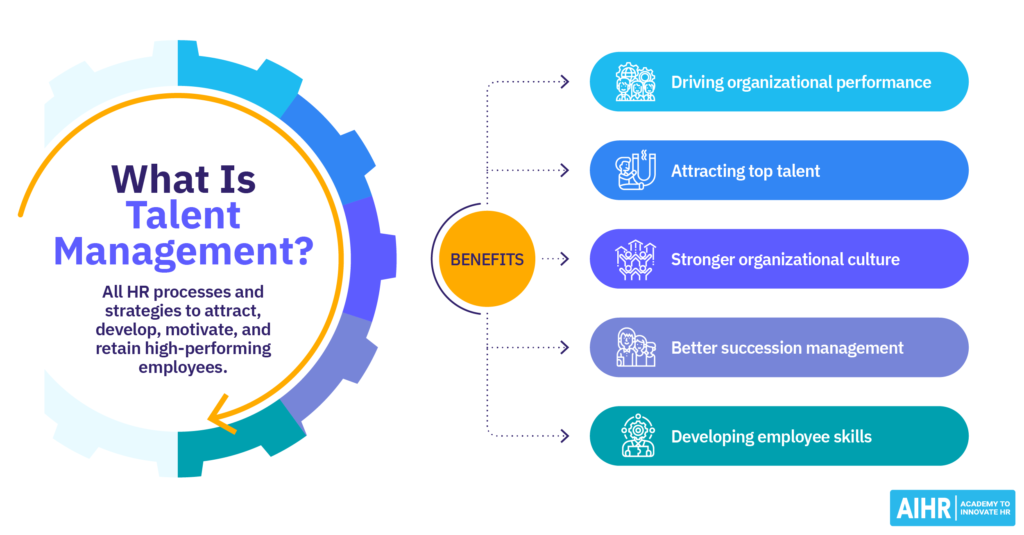The gaming industry is full of opportunities and challenges. Game developers from around the world can launch their games in international markets; however, capturing a large market share will be difficult because of intense competition. With the help of accessible distribution channels and mobile app stores, small game developers are trying their luck in the game industry.
Moreover, with this highly saturated market, game developers have to struggle with creating the finest products with limited resources. Localization is another significant milestone for small game developers to reach out to a wider audience. Read this article to learn about the best game localization practices that game developers can use to thrive in global markets.
Best Game Localization Tip for Small Developers
Before creating your specific game development and marketing strategies, you should know that game localization should never be an afterthought. You have to plan for localization from the early game development stages to ensure a seamless and cost-effective process.
1. Prioritize Target Regions
The first step to game localization has to be the identification and prioritization of target regions. You have to focus your localization efforts on languages and markets with a high potential for growth and player engagement. Here, you must consider factors like market size, players’ demographics, and cultural intricacies for your game. For this, you may need to do compressive market research through online surveys or interviews. It will also allow you to gather real-time data from the target market and plan your game localization strategies accordingly.
2. Develop A Style Guide and Glossary
For the game translations, you have to create and maintain your style guide and glossary. It will serve as reference material for translators that may help them be more consistent in their translations. Consistency in your translation tone and style, through proper brand terminologies, will help you have an unaltered game experience in all regions. While translating for the game, you must provide your translators with information and context about each game character’s personality. With glossaries and style guidelines, it becomes much easier to manage your game localization projects.
3. Optimize For Mobile Devices
If your game is on mobile platforms, you must optimize it for different mobile devices. Your game design has to be responsive, which makes the game’s UI layouts, buttons, and touch gestures adjustable to different screens and resolutions. It will help you create a seamless and optimized mobile game experience that will allow players to download your game. Moreover, a responsive mobile game makes your players spend more time on your game which helps you generate more revenue through ads and in-app monetization.
4. Consider Cultural Nuances
When you are planning to target a new marketplace, you must conduct your research to learn about the cultural nuances, traditions, and social norms in your target market. You must not use any content or symbols in your game that seem offensive or provocative for a culture. From language translations to design modifications, you must adapt your game to resonate with local cultures. This way, you can avoid possible criticism of the game and effectively connect with your players.
5. Simplify the UI And UX Designs
The game’s UI and UX designs should be flexible and simplified so you can easily accommodate them with new translated text. Some languages may take more space than others, so you have to be prepared for the same text strings to be longer or shorter for different language translations. Moreover, you have to confirm that all the user-facing elements, like buttons, menus, and dialog boxes, can smoothly adjust to fit translations without compromising the game’s usability or players’ experience. You can also use a professional cloud-based localization management platform to manage all linguistic design localizations in one place.
6. In-Game Monetization Localization
If you want your game to be successful globally, you must localize your pricing models in all markets. You should localize your in-game monetization options and pricing structures to go well with the economic situations of different countries. For instance, players in India may not be willing to subscribe to the premium versions of the game for the same price as New York players would. Additionally, you have to keep in mind the local payment methods that are more familiar with the locales. It will also make it more seamless for your players to make in-game purchases.
7. Community Engagement
You can raise awareness about your game by actively engaging with players in all target markets. For this, you can join online forums, social media groups, and other gaming communities. You have to be genuinely interested in player feedback and address their localization issues on time. It will allow you to build a strong presence in local gaming communities, which may foster player loyalty and trust. For translating the user-generated community content, you can also use machine translation software. It will allow seamless translations of community discussions in multiple languages.
Conclusion
When it comes to successfully launching your game into a foreign market, small game developers have to keep their game experience optimized and come up with unique concepts and play fields to engage more players. Localization provides a personalized game experience for your players and encourages them to suggest the game to their friends and family.




